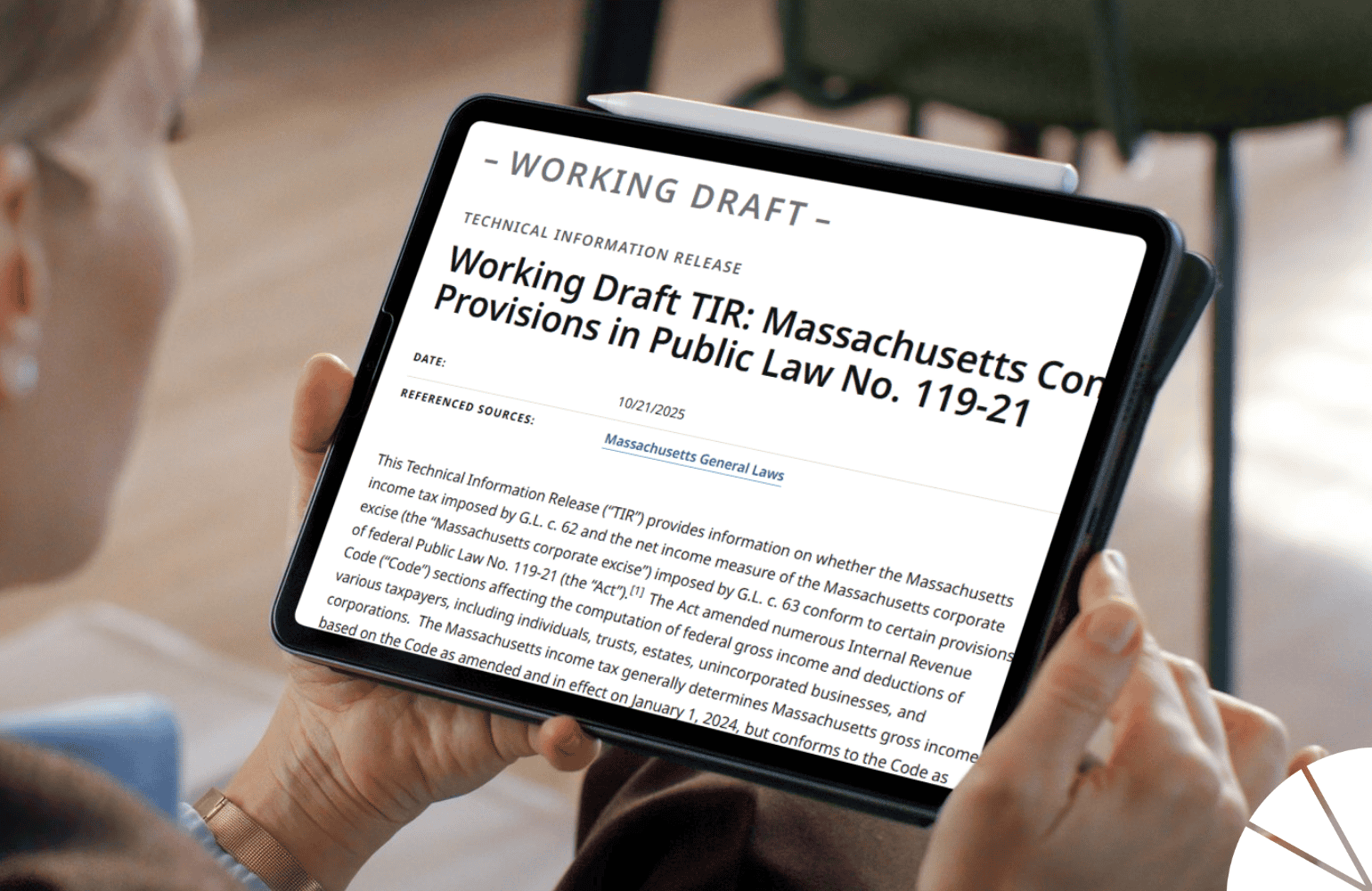
Family law attorneys and divorce attorneys have to consider a wide range of tax issues when helping clients through a divorce. One such issue, sometimes overlooked, is the role of net operating loss carryforwards. This oversight can have profound implications, particularly for divorcing couples where one or both parties are business owners.
The Imperative of Identifying NOL Carryforwards
For attorneys engaged in scrutinizing the tax returns of clients undergoing divorce, the identification of NOL carryforwards is crucial. These assets may dramatically influence the financial outcomes of marital dissolutions, necessitating their consideration. Attorneys can consult business valuation professionals for help assessing and calculating the value of NOL carryforward assets.
Understanding Net Operating Loss Carryforwards
NOL carryforwards allow entities to apply a loss from one fiscal year to offset taxable income in subsequent years, subject to an 80% limitation. This mechanism can indefinitely extend the utility of the initial loss, transforming it into a strategic asset during divorce negotiations, especially as it can be used to counterbalance income allocations.
For example, imagine a business struggling or taking advantage of special accelerated depreciation in one year and reporting a net operating loss of $4 million. The next year, it has $3 million in profits. With an NOL carryforward, the business is able to use its NOL from year one to reduce its taxable income in year two. With the 80% cap on the deduction, the business can use $2.4 million (80 percent of $3 million) of its NOL to offset taxes in year two. The remaining $1.6 million from its year-one NOL can be carried forward to year three. Depending on how large the original loss was, it may be carried forward indefinitely.
Any outstanding portion of the company’s NOL should be considered a marital asset or equitably in determining income, which is why carryforwards become relevant when negotiating divorce settlements. Double dipping in assets and income is not an option, so differentiating between the two is important.
When are NOL Carryforwards Considered Marital Assets?
NOL carryforwards are particularly pertinent in divorces involving C corporation owners, as these entities uniquely qualify for carrying forward losses to mitigate future business tax liabilities. NOLs are reported at the corporate level for C corporations and indicated on the C corporation tax return.
What happens when there is an NOL carryforward to consider? Typically, these assets are considered in one person’s column to offset another asset. Sometimes, one party might consider a buyout of the other if the NOL is a substantial amount. In most cases, one party is going to continue to have a beneficial interest in the NOL and they will be reported on the C Corporations tax returns, and the other individual will have no ongoing benefit. Identifying the present value of the NOL carryforward can be complicated (because of the 80% rule), so attorneys may consider working with a professional to calculate the asset value. A business valuation professional may consider NOL’s held by C corporations as a non-operating asset. For passthrough entities, attorneys and their clients can negotiate around NOLs, depending on specific circumstances.
When are NOL Carryforwards Considered Income?
Unlike C corporations, S corporations, partnerships, and limited liability companies, as passthrough entities, do not directly benefit from NOLs to offset future business taxes. Instead, the net operating loss is calculated on the individual share of losses generated. However, individual losses may still impact divorce settlements, notably in determining support obligations, which may prompt future adjustments based on the entity’s financial trajectory.
For example: At the time of a couple’s divorce, Spouse A owned a passthrough entity that had been reporting losses. Those losses resulted in a reduced income that affected how much support Spouse A required to pay Spouse B. If that business becomes successful in the future and is no longer generating losses, Spouse B may want to seek a modification of their support order.
Contact LGA for Help Considering Net Operating Loss Carryforwards as a Marital Asset or Income
Family law attorneys should consider seeking help when a marital dissolution case involves NOL carryforward assets. LGA’s Business Valuation and Financial Forensic group can help by calculating the current value of these assets or understanding how it impacts income, giving attorneys information they need to understand for their clients’ best interests. If you have questions about how to consider NOL carryforwards as a marital asset, contact me today.
Ross Yogel, MBA, CPA, CVA, MAFF






